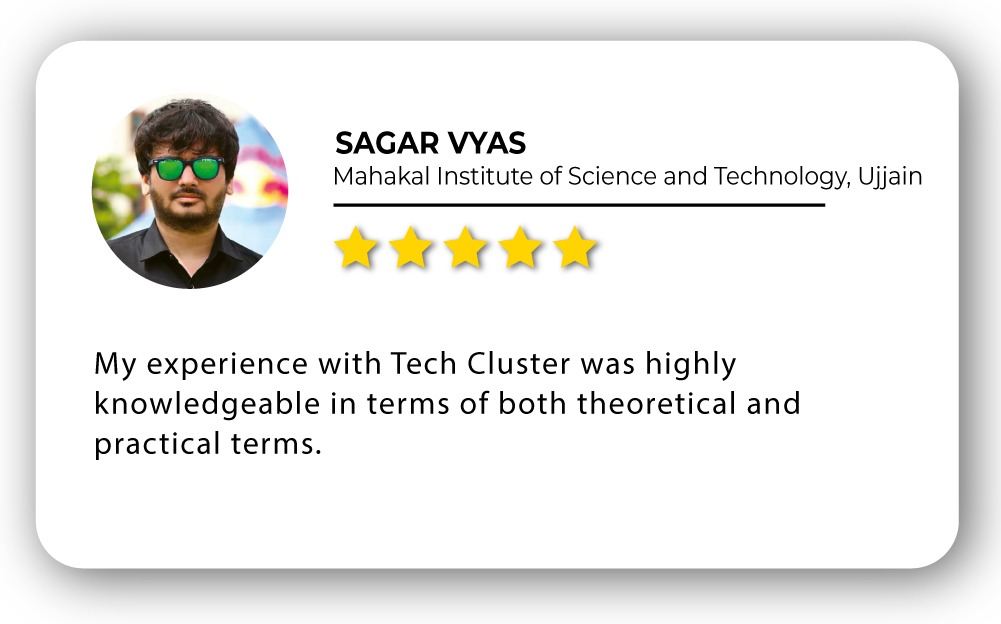
Cinema 4D for Animation Training in India
- Real-Time Experts Sessions
- LIVE Project
- Certification
- Affordable Fees
- Flexibility
- Placement Support
widely used in film production, motion graphics, VFX, gaming, and advertising. It is known
for its intuitive workflow, powerful motion graphics tools (MoGraph), and seamless
integration with other software like After Effects and Unreal Engine.
If you want to master Cinema 4D for animation, Tech Cluster in Indore offers
industry-standard training from basic to advanced levels, covering real-time projects and
100% placement assistance.
Applications
Course Highlights:
Cinema 4D Foundation:
- Introduction to Cinema 4D Interface & Navigation
- Working with Objects, Splines & Primitives
- Basic 3D Modeling & Scene Building
- Texturing, Materials & UV Mapping
- Lighting & Rendering with Standard & Physical Renderer
- Keyframe Animation & Timeline Editing
- Intro to MoGraph for Motion Graphics
- Exporting & Rendering for Different Platforms
Cinema 4DAdvanced :
- Advanced Character Rigging & Animation
- MoGraph for Dynamic Motion Graphics
- Cloth, Hair & Dynamic Simulations
- Advanced Particle Effects & Fluid Simulations
- Camera Animation & Cinematic Rendering
- Creating Realistic Lighting with Redshift & Octane Render
- 3D Tracking & Compositing with After Effects
- Optimizing Animations for Film, Web & Broadcast.
Duration :
- 45 Hours Theory
- 25 Hours Practical
- 30 Hours Project work
Technical Features:
Cinema 4D Foundation:
Introduction to Cinema 4D and Animation Basics
This foundational module focuses on mastering the Cinema 4D interface and essential navigation tools. Students will learn how to efficiently work with objects, splines, and NURBS to build the foundation of any 3D scene. The course also covers the timeline and keyframe animation techniques, enabling learners to animate objects and manage sequences effectively. In addition, students will explore basic scene setup and camera movements to create cinematic shots and enhance storytelling in their VFX projects.


Motion Graphics and 3D Animation
This module introduces Cinema 4D’s powerful motion graphics capabilities through its MoGraph toolset. Students will learn how to animate text, logos, and objects with ease, using effectors to create procedural and dynamic animations. The use of deformers is also covered to add flexibility and organic motion to objects. Additionally, learners will explore how to animate materials and textures, giving depth and visual interest to their 3D scenes. These techniques are essential for creating professional-quality motion graphics and visual effects.

3D Lighting & Rendering
This module dives into rendering techniques in Cinema 4D, covering both its built-in Standard and Physical Renderers for foundational output. Students will learn to implement Global Illumination and HDRI lighting for natural-looking illumination. The course then advances to industry-standard third-party render engines like Redshift and Octane, where learners will explore settings for high-quality, photorealistic results. Special focus is given to creating realistic reflections, shadows, and volumetric effects, essential for achieving cinematic-quality renders in VFX production.


Cinema 4D Advanced
Advanced Character Animation & Rigging
This section focuses on character animation and rigging in Cinema 4D. Students will learn how to create and rig 3D characters for animation, including setting up joint hierarchies and skin weighting. The module covers essential techniques like Inverse Kinematics (IK) and Forward Kinematics (FK) to control limb movement accurately. Learners will also dive into facial animation and lip-syncing for expressive performances. By the end, students will be able to animate realistic walk cycles and natural body movements, bringing their characters to life for film, games, or commercials.
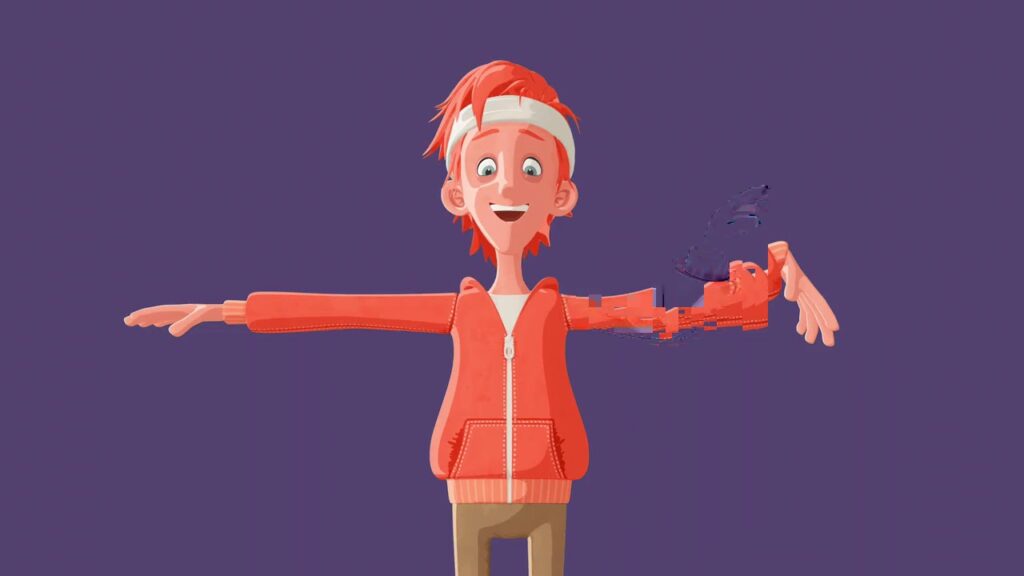

Dynamic Simulations & VFX
This module introduces Cinema 4D’s powerful simulation tools used in VFX and animation. Students will explore physics-based simulations such as gravity, wind, and collision dynamics to create believable interactions between objects. They’ll learn how to simulate natural elements like hair, cloth, and soft body dynamics for more organic motion. The course also covers smoke, fire, and fluid simulations for cinematic effects, along with techniques to create explosions and destruction scenes. These simulations enhance the realism and impact of any 3D project across film, games, and motion graphics.


Camera Animation and Cinematic Rendering
This section focuses on cinematic camera animation techniques within Cinema 4D. Students will learn how to animate cameras to create dynamic and immersive sequences that enhance storytelling. Key concepts include applying depth of field for a realistic focus effect, using motion blur for natural movement, and adding lens effects to replicate real-world cinematography. The module also covers best practices for rendering high-quality frames suitable for film, television, and digital content, ensuring a polished and professional visual output.

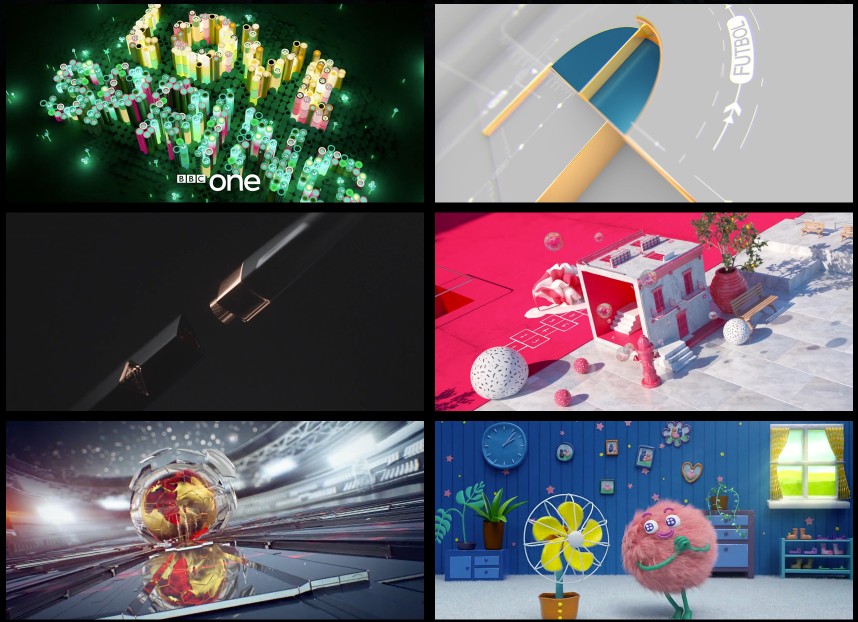
Rendering & Post Production
This module emphasizes efficient workflow and professional-level output in Cinema 4D. Students will learn how to optimize scenes for faster rendering without compromising visual quality, ensuring smoother production pipelines. The course also covers the process of exporting renders and integrating them into Adobe After Effects for compositing and final polish. Additionally, learners will explore the benefits of multi-pass rendering—breaking down renders into separate layers such as shadows, reflections, and depth—to give them greater control and flexibility in post-production for a cinematic finish.
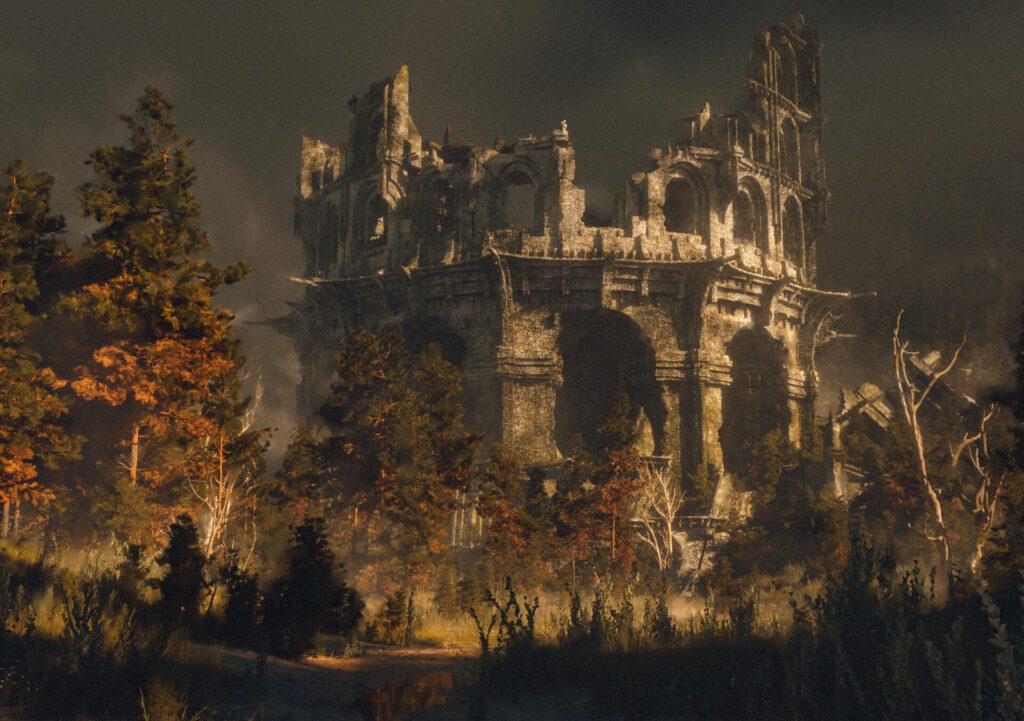
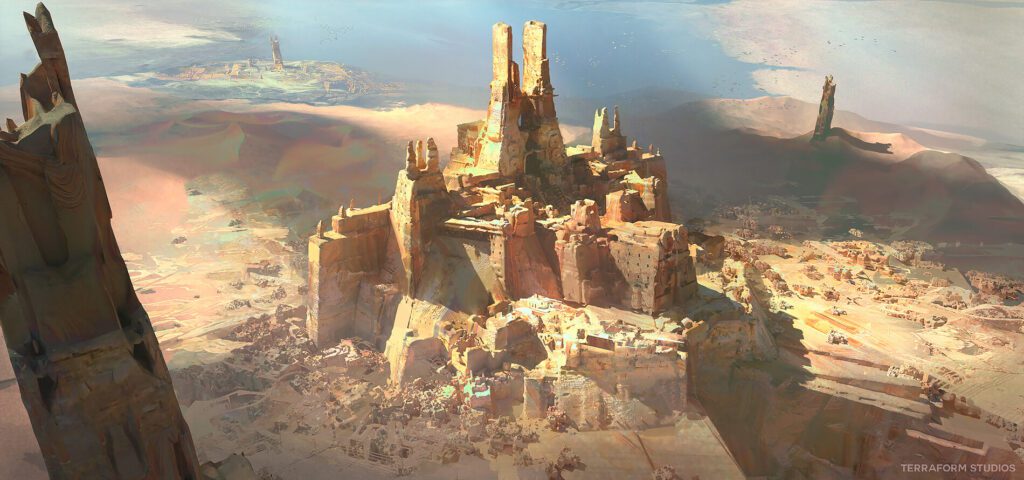
Final Project & Project Development
In the final project phase, students will apply everything they’ve learned to create a high-quality 3D animated scene from start to finish. This includes designing a visually engaging motion graphics commercial, as well as animating a character for a short film segment using advanced rigging and timing techniques. Emphasis is placed on storytelling, pacing, and cinematic presentation. The course culminates in final rendering and a complete post-production workflow, where students polish their projects for professional presentation and portfolio development.


Upcoming Batches
Certifications
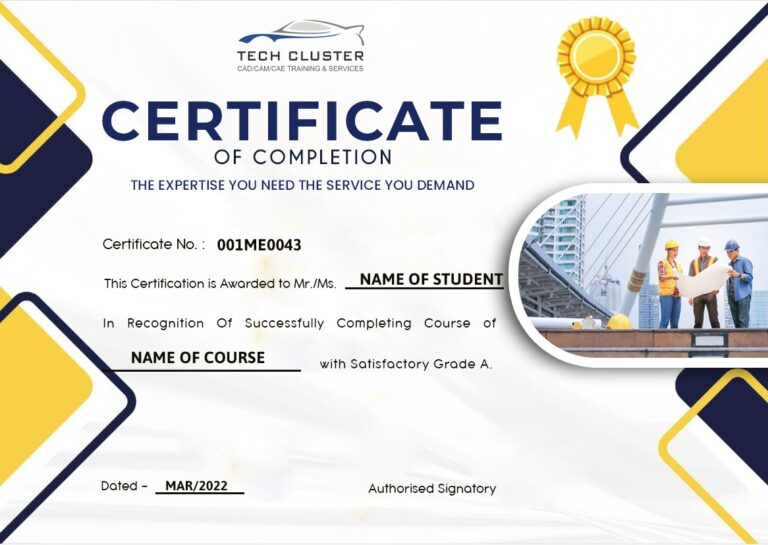
Cinema 4D Certification Training
About Cinema 4D Certification Training in Indore at Tech Cluster
Reviews


